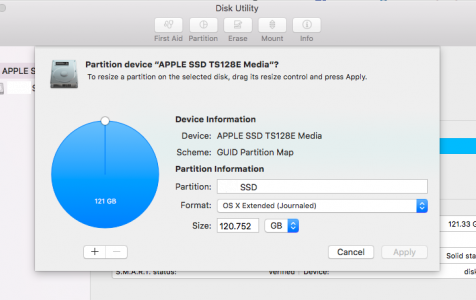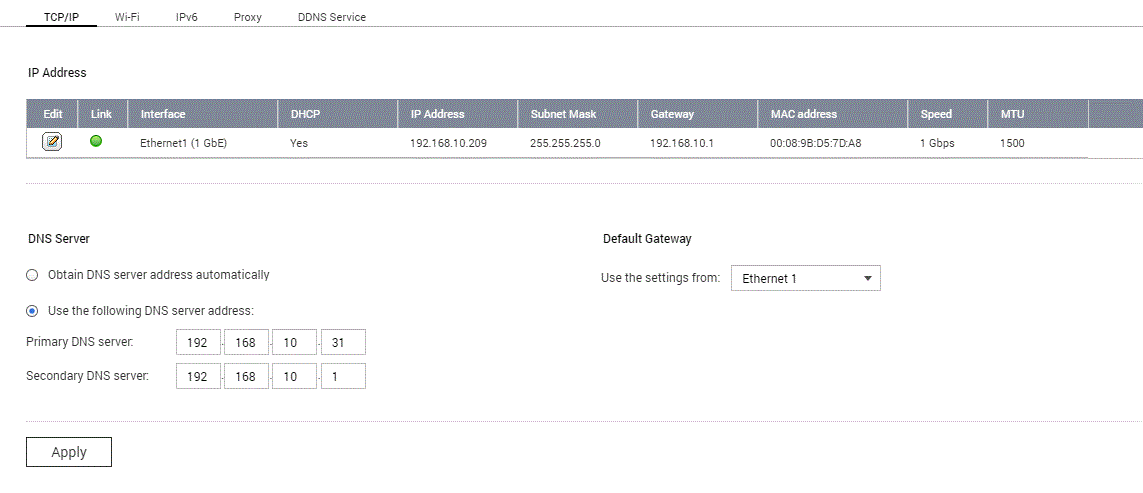
- Qnap check file system cannot unmount disk how to#
- Qnap check file system cannot unmount disk windows#
Qnap check file system cannot unmount disk windows#
The same operating system is installed on both virtual disks (the first partition used for installing the OS was created and formatted with a built-in Windows disk utility). On the screenshot below, have a look at two virtual disk files opened in HEX editor.
Qnap check file system cannot unmount disk how to#
Read the abovementioned blog post to see how to extract, edit and import an embedded virtual disk descriptor.

VMware virtual disk descriptor files were reviewed in the blog post about converting VMware VMs to Hyper-V VMs. This means that if you want to extract the embedded descriptor from the vmdk file, you should extract a portion of data starting from the 512 th byte. If you transform the 200 HEX value to a binary and decimal format, you will get:Ģ00 HEX = 1000000000 Binary = 512 Decimal The vmdk file is opened in HEX editor.Īs you can see, the embedded disk descriptor data is written to the monolithic vmdk file of the Workstation format from the 0x200 address, which is the number of the first byte. On the right side of the screenshot, you can set eyes on the data of the virtual disk descriptor that is embedded into a single vmdk file of the VMware Workstation format. On the left side of the screenshot below, you can see a virtual disk descriptor of the ESXi format (a vmdk file that can be opened with any text editor). A virtual disk descriptor defines the structure of the virtual disk, virtual disk geometry, virtual hardware version, and IDs.Ī virtual disk descriptor is represented as plain text. As for virtual disks of the VMware Workstation format, a virtual disk is represented as a single diskname.vmdk file (monolithic sparse) which is an extent data file that contains an embedded virtual disk descriptor.


The pattern of a virtual disk descriptor name is diskname.vmdk and the pattern of a virtual disk extent name that contains all raw data is diskname-flat.vmdk, accordingly. However, virtual machines residing on ESXi servers use a slightly different format of vmdk virtual disks – a virtual disk descriptor and virtual disk extent that contains raw data of the virtual disk are two separate files on the ESXi datastore. vmdk extension of files and is used by VMware and VirtualBox virtual machines. VMDK is a virtual machine disk file format, which is the open format developed by VMware. DISCOVER SOLUTION How the Data is Stored in VMDK Files


 0 kommentar(er)
0 kommentar(er)
